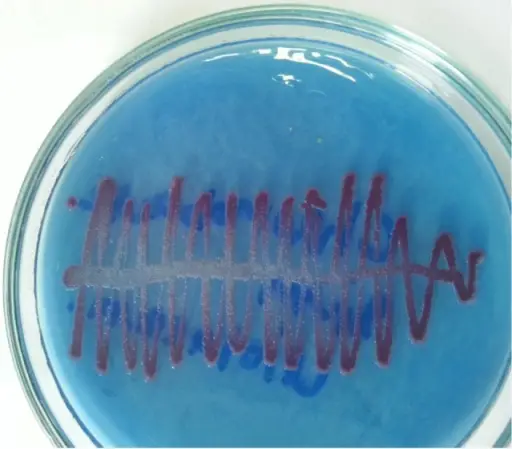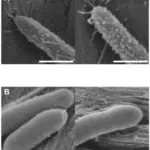Anaerobes causing abscesses are anaerobes that can cause an abscess.
What is the Pathology of Anaerobes Causing Abscesses?
The pathology of anaerobes causing abscesses is:
-Etiology: The cause of anaerobes causing abscesses occurs when deep tissues become injured or exposed.
-Genes involved: Not applicable.
-Pathogenesis: The sequence of events that lead to anaerobes causing abscesses are: bacteria enters from the gingival crevice and reaches the lower airways and infection is initiated if not cleared by the host defense system. This results in aspiration pneumonitis and progression to tissue necrosis 7-14 days later, resulting in formation of lung abscess.
-Morphology: The morphology associated with anaerobes causing abscesses shows gram-negative bacilli.
-Histology: The histology associated with anaerobes causing abscesses shows abscess formation and necrosis at the site of inoculation.
How does Anaerobes Causing Abscesses Present?
Patients with anaerobes causing abscesses typically in all genders at all ages. The symptoms, features, and clinical findings associated with anaerobes causing abscesses include: smooth swelling under skin, pain and tenderness on affected area, redness, high temperature.
How is Anaerobes Causing Abscesses Diagnosed?
Anaerobes causing abscesses is diagnosed by physical examination, CT scan, and MRI.
How is Anaerobes Causing Abscesses Treated?
Anaerobes causing abscesses is treated by abscess drainage.
What is the Prognosis of Anaerobes Causing Abscesses?
The prognosis of anaerobes causing abscesses is excellent but some individuals may suffer from recurrent abscesses requiring medical attention. Most people do not require antibiotics.



